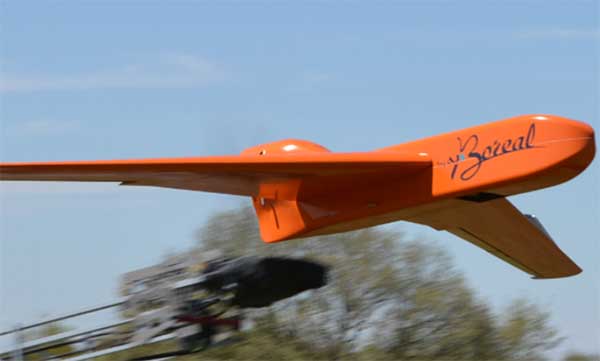The Skyopener project to pave the way towards increased use of Remotely Piloted Aircraft System (RPAS) in civil applications achieved positive results during a recent test using multi-frequency satellite signals according to the project financier, the European GNSS Agency (GSA). Regulation regarding RPAS use in civil airspace does not yet allow Beyond Visual Line of Sight (BVLOS) operations, and remotely piloted aircraft are currently not allowed to fly in non-segregated civil airspace or widely used for civil and commercial applications. The Skyopener project is developing operational processes designed to reduce all categories of risks associated with RPAS and allow an Air Navigation Service Provider (ANSP) to manage very low level RPAS operations. EGNOS and Galileo satellite services will play a central role in these processes by delivering improved integrity and positioning accuracy.
GSA reports gains in terms of availability, accuracy and robustness against interference with the use of GPS and Galileo in L1/E1 and L5/E5 multi-frequency combinationsas interference in one frequency band had no effect on a second band. In addition, EGNOS helped to meet requirements for robust navigation, continuity, accuracy and availability, and was complemented by Galileo’s multi-constellation capacity and integration with other sensors such as inertial or vision sensors.
The Boreal drone used in the project is a fixed wing system that operates over a long range (over 100 km) in BVLOS, with EGNOS and Galileo enhancing navigation by improving positioning integrity and accuracy. In addition the RPAS is equipped with a newly developed Communication and Navigation Surveillance (CNS), which combines use of GNSS, SatCom and special security measures.
GNSS technologies are essential for RPAS. The primary need is for navigation, since the RPAS use GNSS waypoints to follow the trajectory defined in their mission. However, GNSS also addresses other key needs, such as ‘geofencing’ to ensure that the RPAS keep within the mission parameters (‘fences’), and surveillance to enable adequate tracking by the operator and civil aviation authority.
GNSS also enables high-accuracy and, ultimately, automated landing and the geo-referencing of collected data. These benefits will increase in the future, with the Galileo authentication service reducing the risk of threats, and PPP data correction on E6 providing better geo-referencing.
Skyopener is contributing to the roadmap for the integration of civil RPAS into non-segregated airspace.
(Image: European GNSS Agency)
Source: European GNSS Agency press release
For more information visit:




